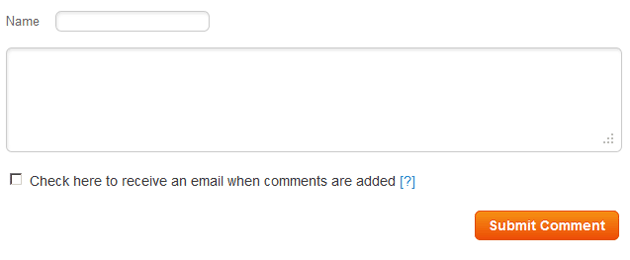Question
Topic: Customer Behavior
Price-volume Relationship
Related Discussions
- Web Hits Per Day. Trending Up Or Down?
- Customver Survey For Engineers: Giveaway/prize
- Data Scarping - Customer Reviews Analysis
- Is Anyone Here Actively Using Sitecore?
- How Can We Achieve Growth In The Fintech Space?
- How Can I Use Cvm In Fintech Space?
- How To Order Pricing In Subscription Model?
- Most Trafficked Page, No Answer For Them
- We Want To Develop A Start Up And Need Feedback!
- Notion Of Beauty For Women Today
- Search more Know-How Exchange Q&A
Community Info
Top 25 Experts
(Customer Behavior)
- Jay Hamilton-Roth 13,062 points
- Gary Bloomer 7,179 points
- Chris Blackman 5,242 points
- Peter (henna gaijin) 4,280 points
- Frank Hurtte 3,951 points
- telemoxie 3,363 points
- steven.alker 3,121 points
- SteveByrneMarketing 2,906 points
- Blaine Wilkerson 2,318 points
- darcy.moen 2,131 points
- Pepper Blue 1,527 points
- Deremiah *CPE 1,391 points
- Carl Crawford 1,367 points
- chiron34 1,065 points
- wnelson 1,008 points
- Levon 1,006 points
- SRyan ;] 982 points





I am looking for general model/equation that can give me the Price-Volume or Price-Customer Relationship. For example, i would like to reduce the product price by 10% in my supermarket, how many more customers i should expect after this drop in my price as a Sale 10% Off.
Any general mode would work, or if there is no general model, then please give me a reference of any category wise model, for example model for produce or electronics etc
Best Regards
Zeeshan